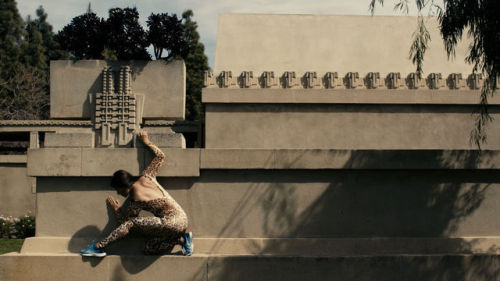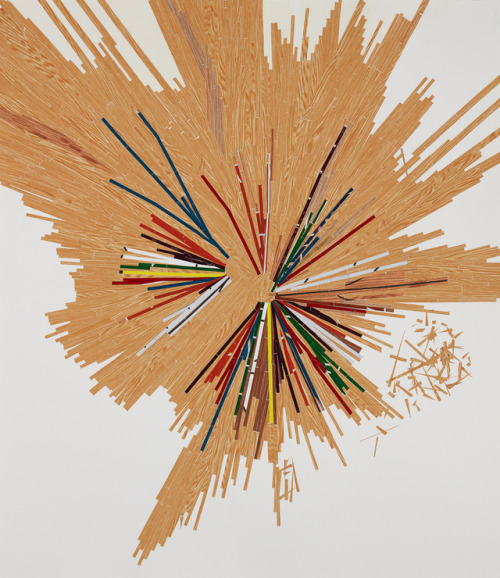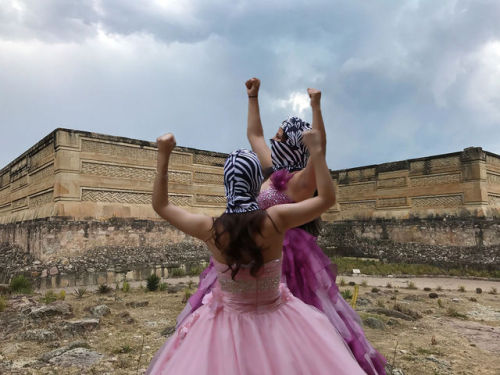#pacha llaqta wasichay
By showing this richness, this dynamism, this variety of languages, I think we’re getting closer to what is actually happening outside the steps of the museum.“—Whitney curator Marcela Guerrero on the newly opened exhibition Pacha, Llaqta, Wasichay: Indigenous Space, Modern Architecture, New Art. Learn more on whitney.org.
[Video by Colin Archdeacon]
Hello, summer We’re thrilled to be debuting two new exhibitions this month. David Wojnarowicz: History Keeps Me Awake at Night brings together the artist’s diverse body of work, which spans collage, photography, painting, writing, and activism. Pacha, Llaqta, Wasichay: Indigenous Space, Modern Architecture, New Art features the work of seven emerging and established Latinx artists based in the United States and Puerto Rico. Both exhibitions open to the public on Friday, July 13!
Post link
Coming soon! Pacha, Llaqta, Wasichay: Indigenous Space, Modern Architecture, New Art investigates contemporary art practices that preserve and foreground Indigenous American notions of the built environment and natural world. The three words in the exhibition’s title are Quechua, the Indigenous language most spoken in the Americas. Each holds more than one meaning: pacha denotes universe, time, space, nature, or world; llaqta signifies place, country, community, or town; and wasichay means to build or to construct a house. Learn more on whitney.org.
[Ronny Quevedo, quipu, 2017. Screen print, contact paper, and enamel on paper, 44 × 38 in. Collection of the artist. Photo credit: Argenis Apolinario.]
Post link
In his performance, The OG of Undocumented Children, artist Guadalupe Maravilla continues his ongoing investigation of the displacement of Central American people. The artist himself crossed the US border when he was eight years old, escorted by a Coyote, or human trafficker, and a dog. To share his personal story, he enlists a cast of characters, including a troupe of Quinceañeras, two singers, an immigrant vampire family who drink the blood of Americans, and the Mexican gothic electro-drama band La Rubia te Besa. Drawing parallels between Mayan mythology and current events, Maravilla pursues a new visual language for border crossing stories.
Visitwhitney.org to more about the Maravilla’s work, on view in Pacha, Llaqta, Wasichay: Indigenous Space, Modern Architecture, New Art.
Post link



